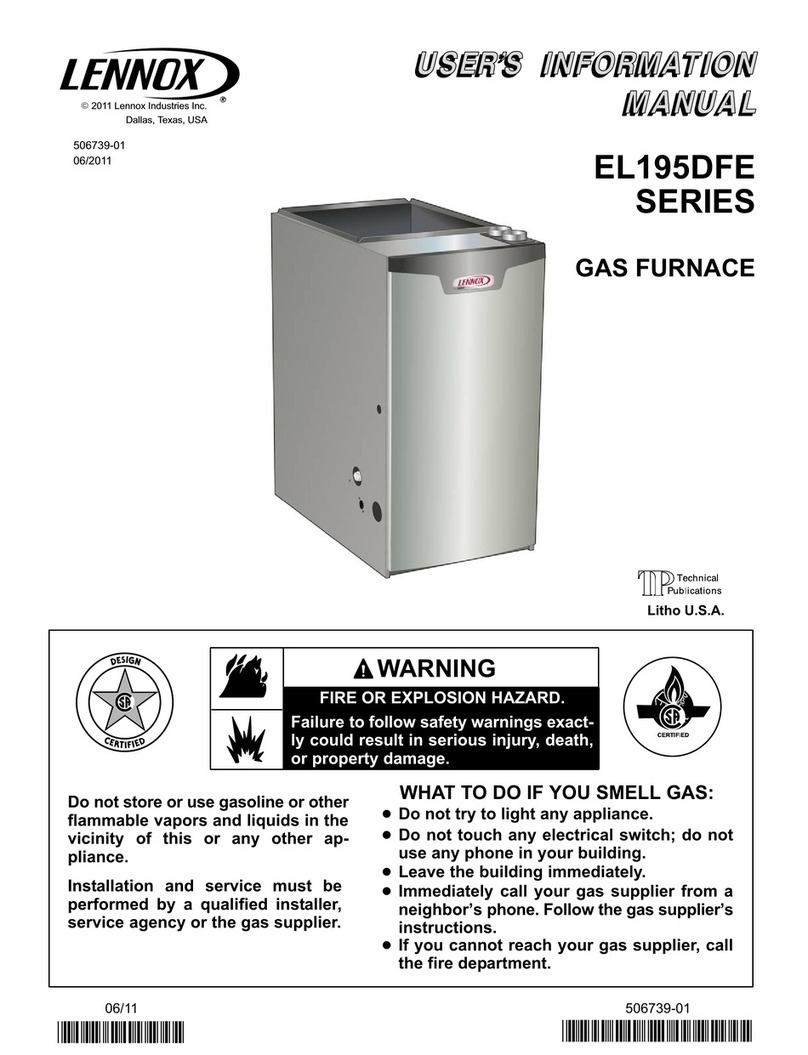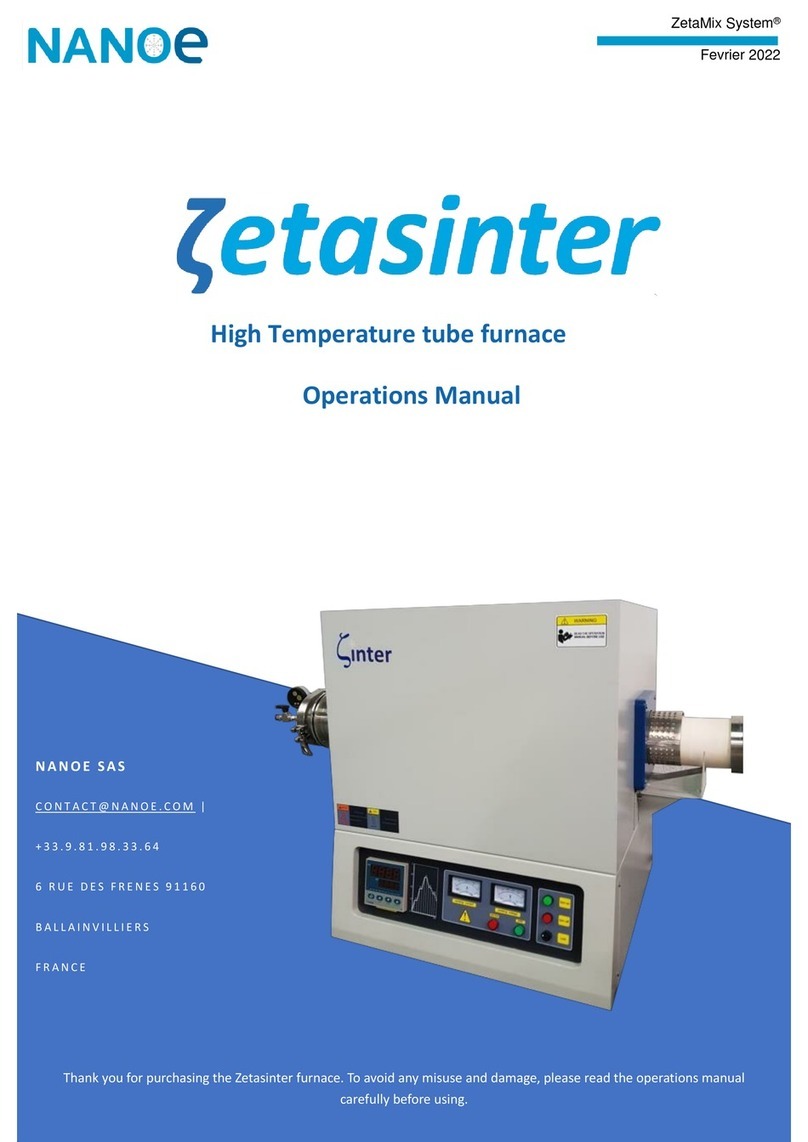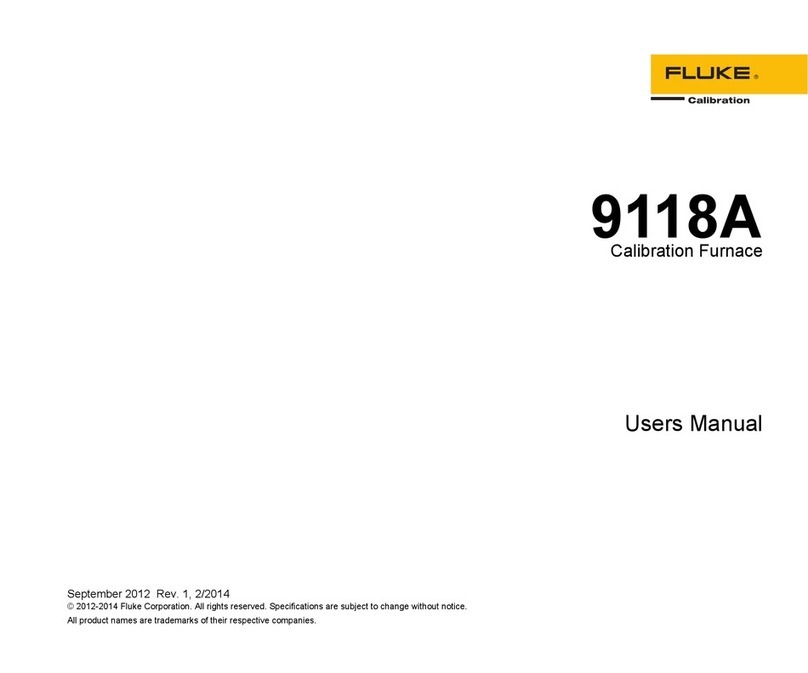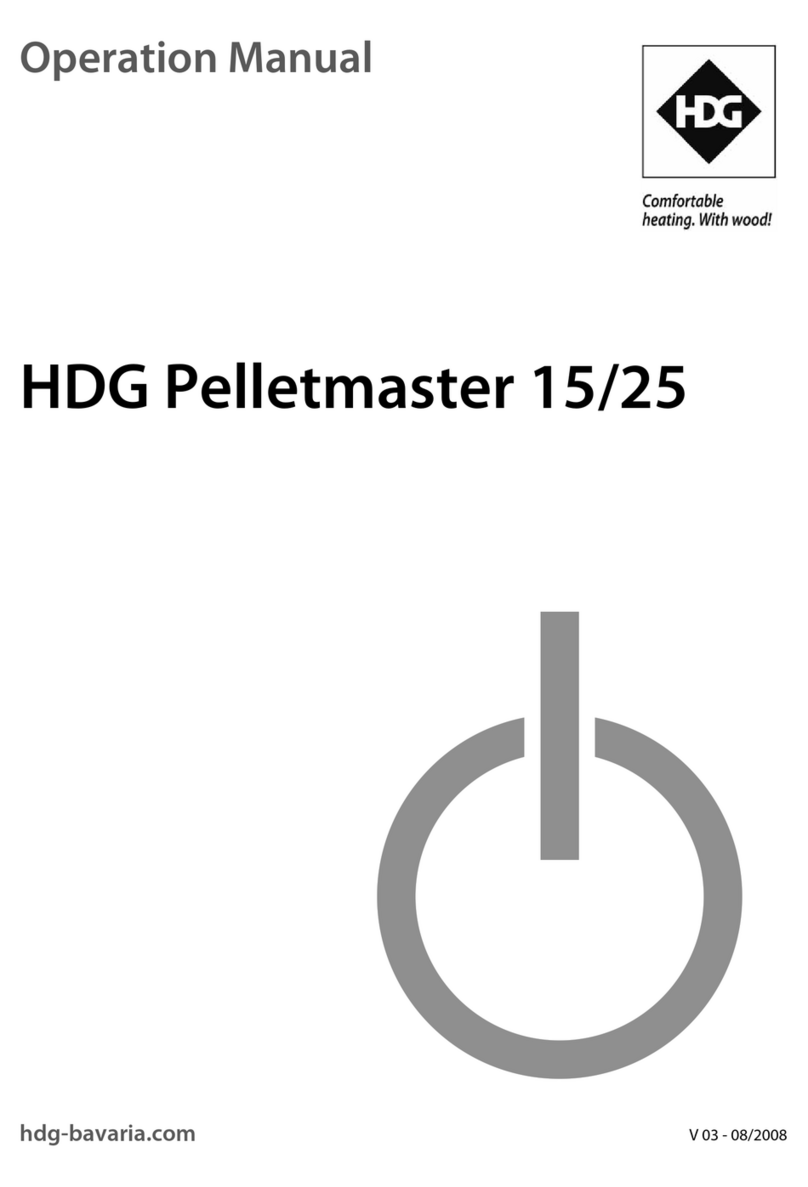Lennox SL297UHNV Series Installation and operation manual
Other Lennox Furnace manuals

Lennox
Lennox EL280UHX Series Installation and operation manual
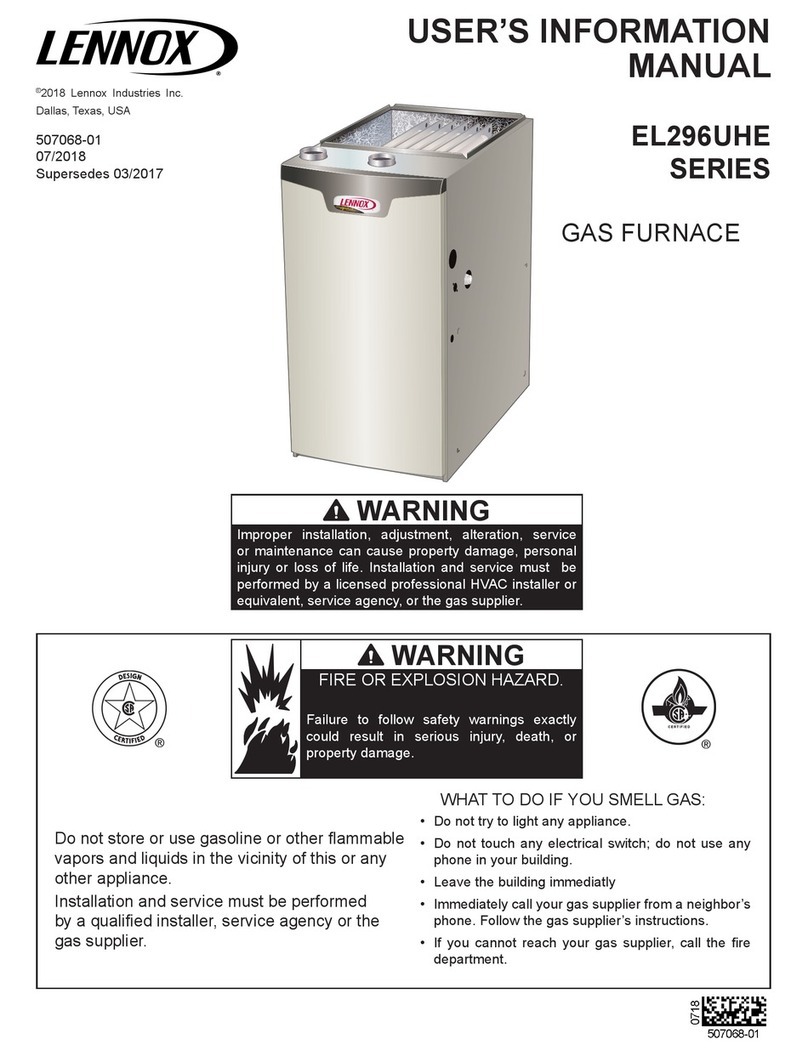
Lennox
Lennox EL296UHE Guide
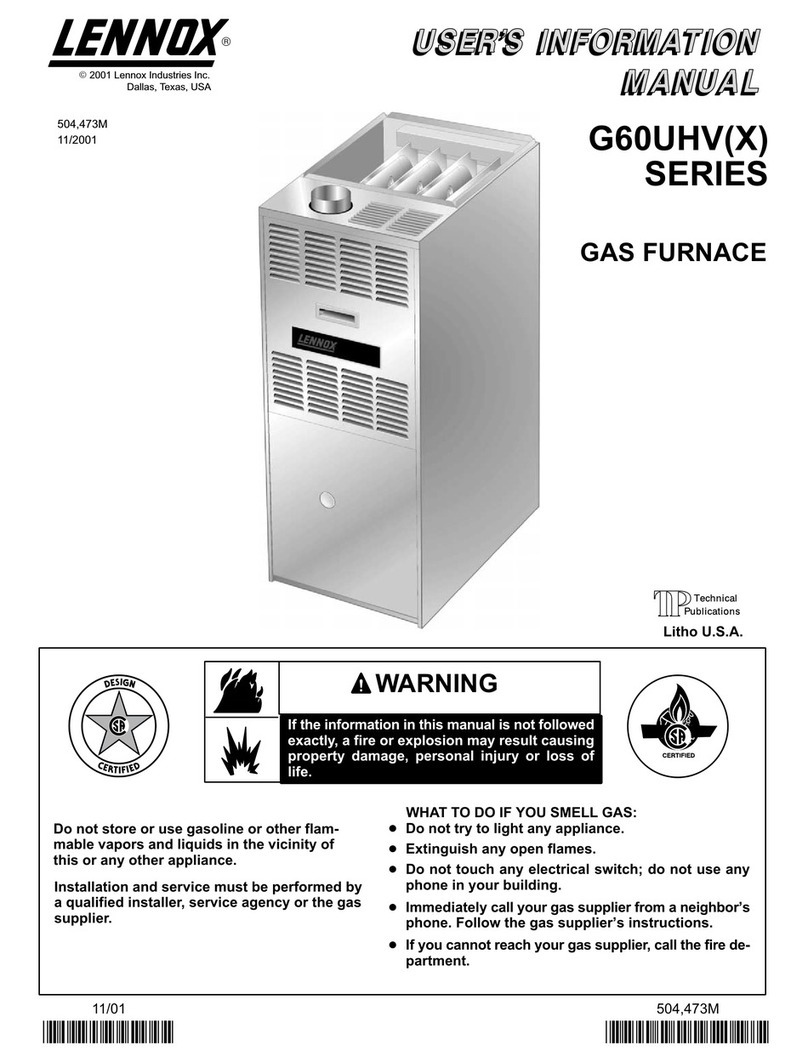
Lennox
Lennox G60UHV(X) series Guide
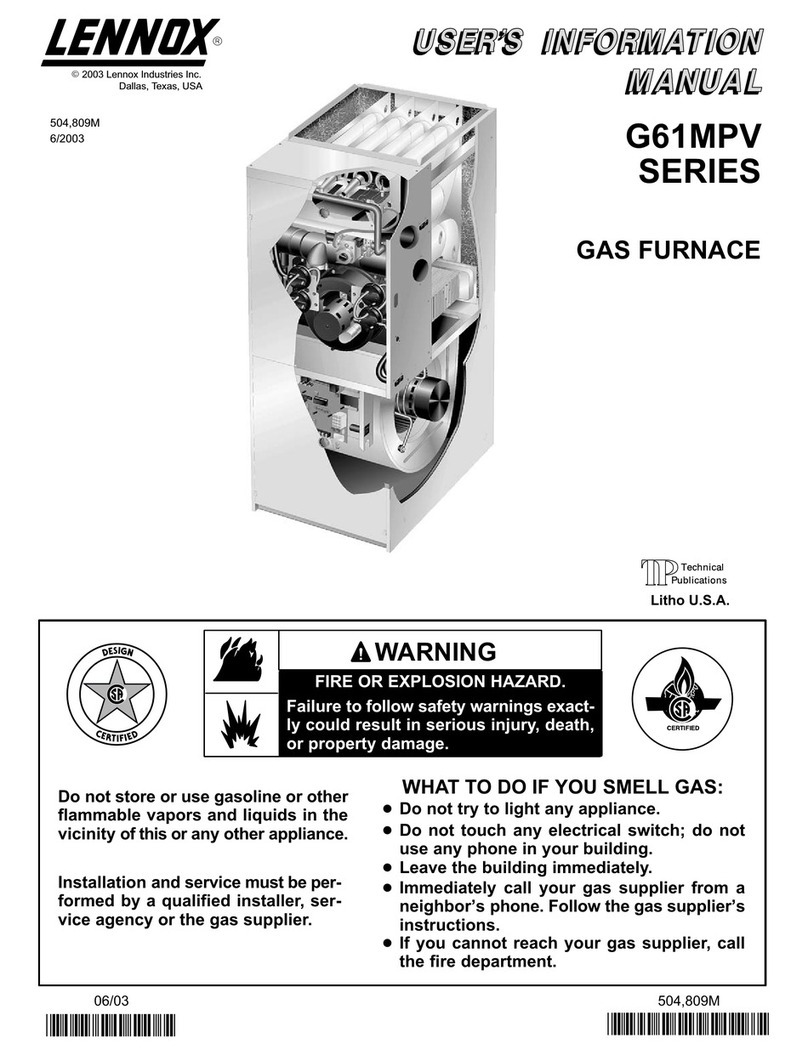
Lennox
Lennox G61MPV Series Guide
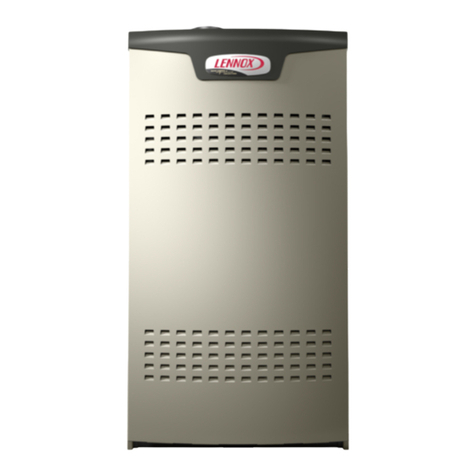
Lennox
Lennox EL180UHN User manual

Lennox
Lennox Allied Air EFV Series User manual
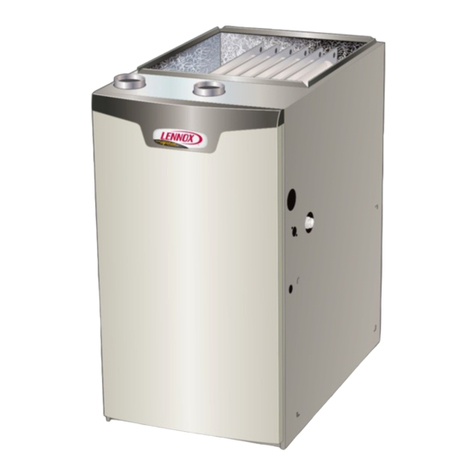
Lennox
Lennox SLP99UHV Series Installation and operation manual
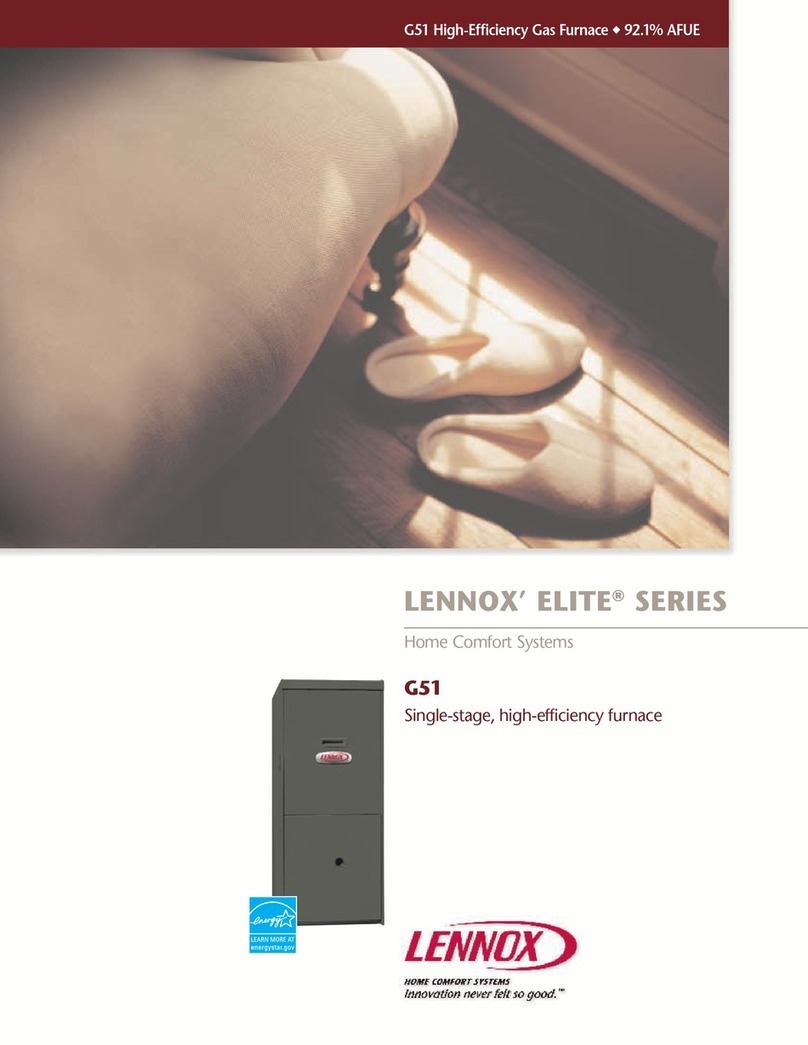
Lennox
Lennox G51 User manual
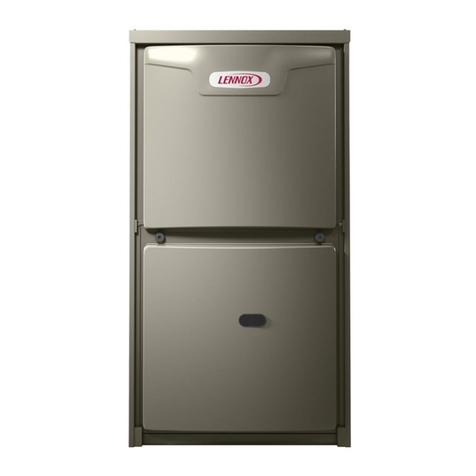
Lennox
Lennox ML296UHV(X) Series User manual

Lennox
Lennox EL180DFE Series Installation and operation manual

Lennox
Lennox G60UH-24A-070 User manual
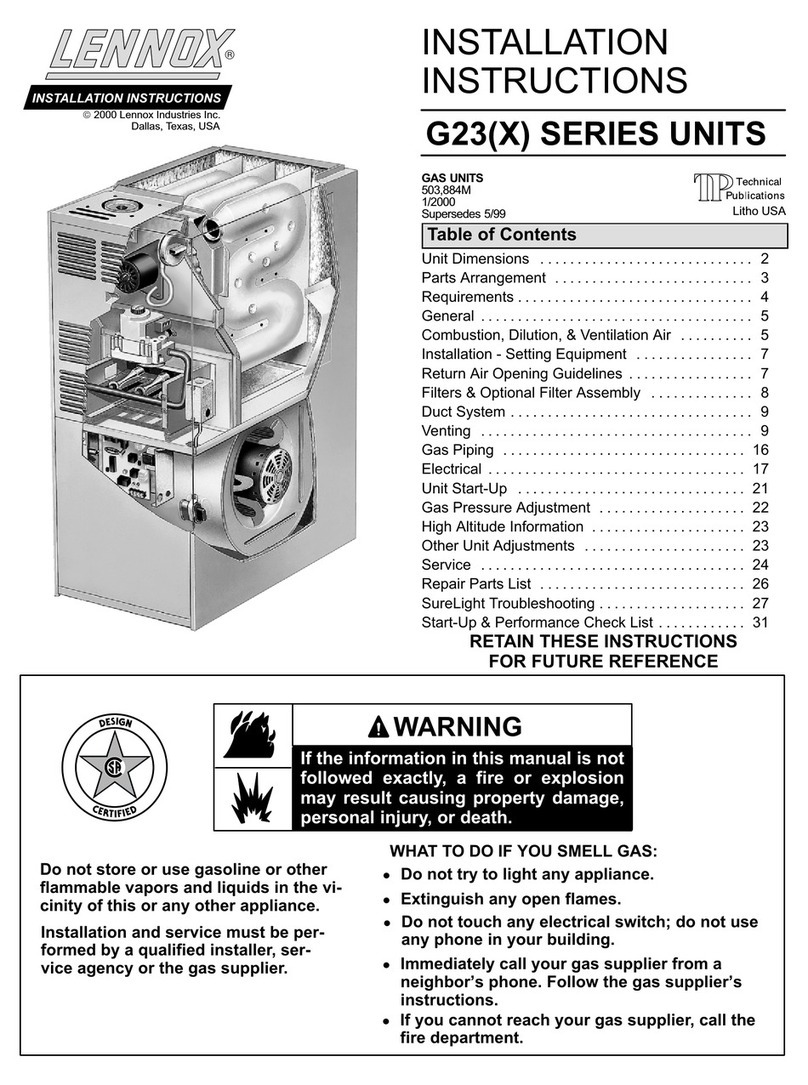
Lennox
Lennox G23 Series User manual

Lennox
Lennox G71MPP Installation and operation manual
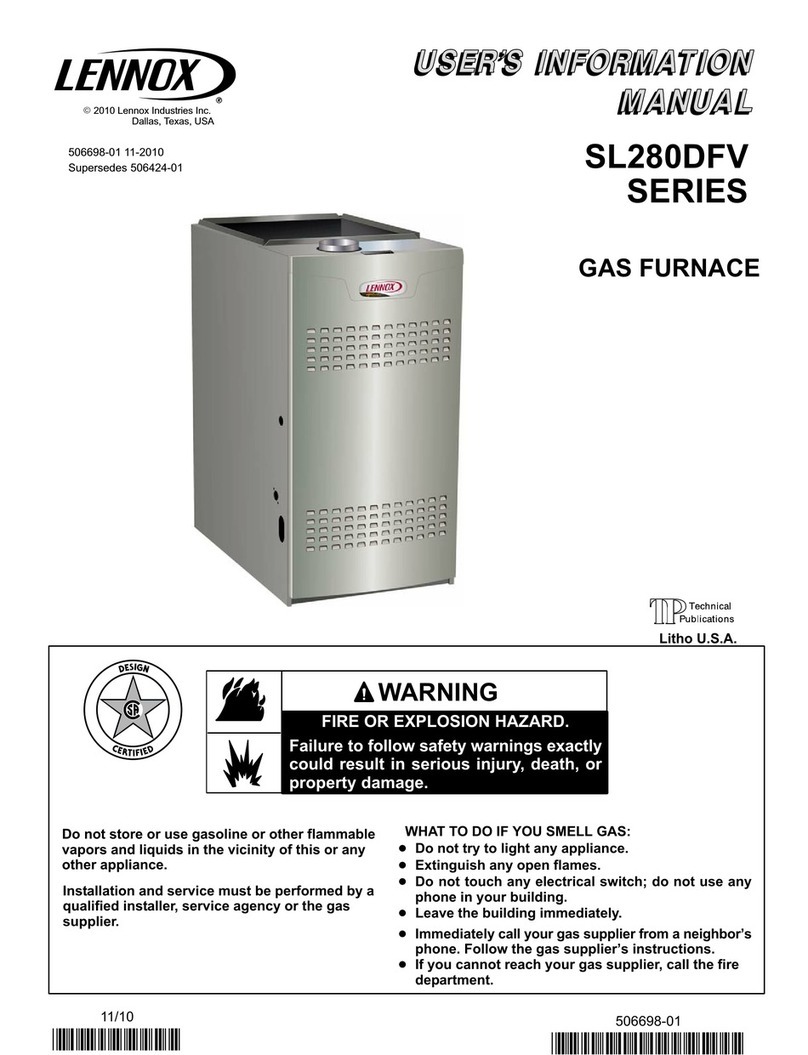
Lennox
Lennox SL280DFV Guide
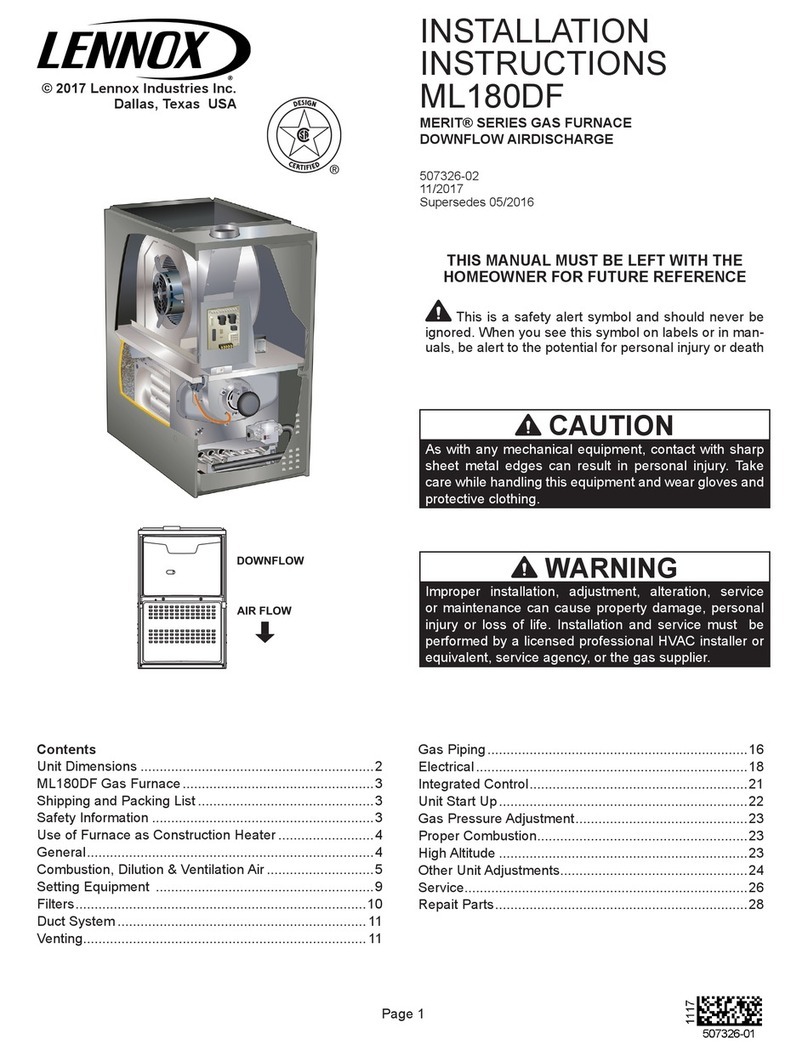
Lennox
Lennox ML180DF045P24A User manual
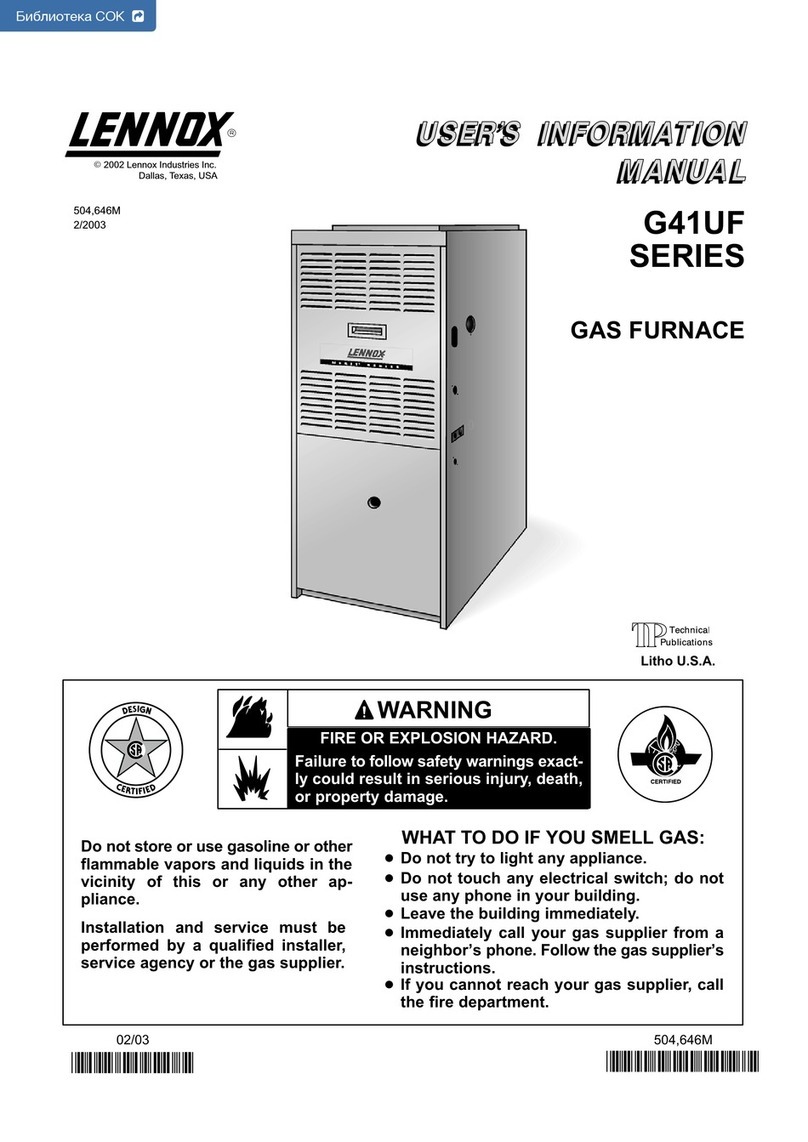
Lennox
Lennox G41UF Series Guide
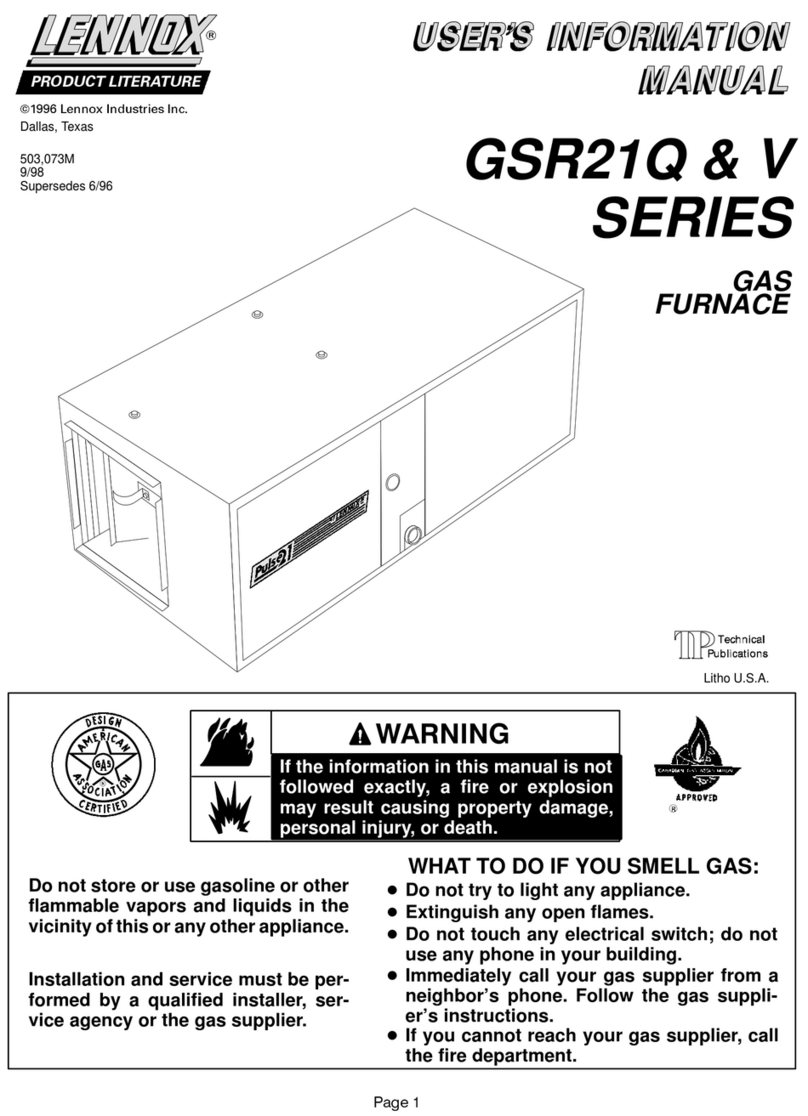
Lennox
Lennox GSR21Q Series Guide
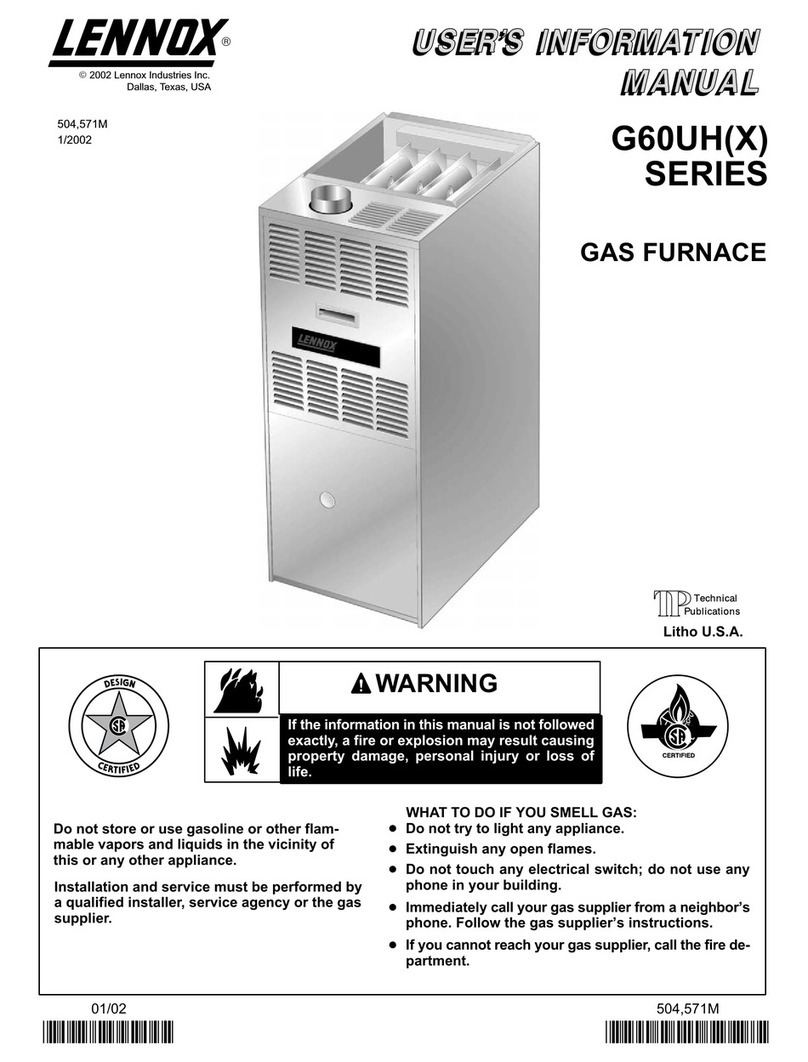
Lennox
Lennox G60UHX Series Guide
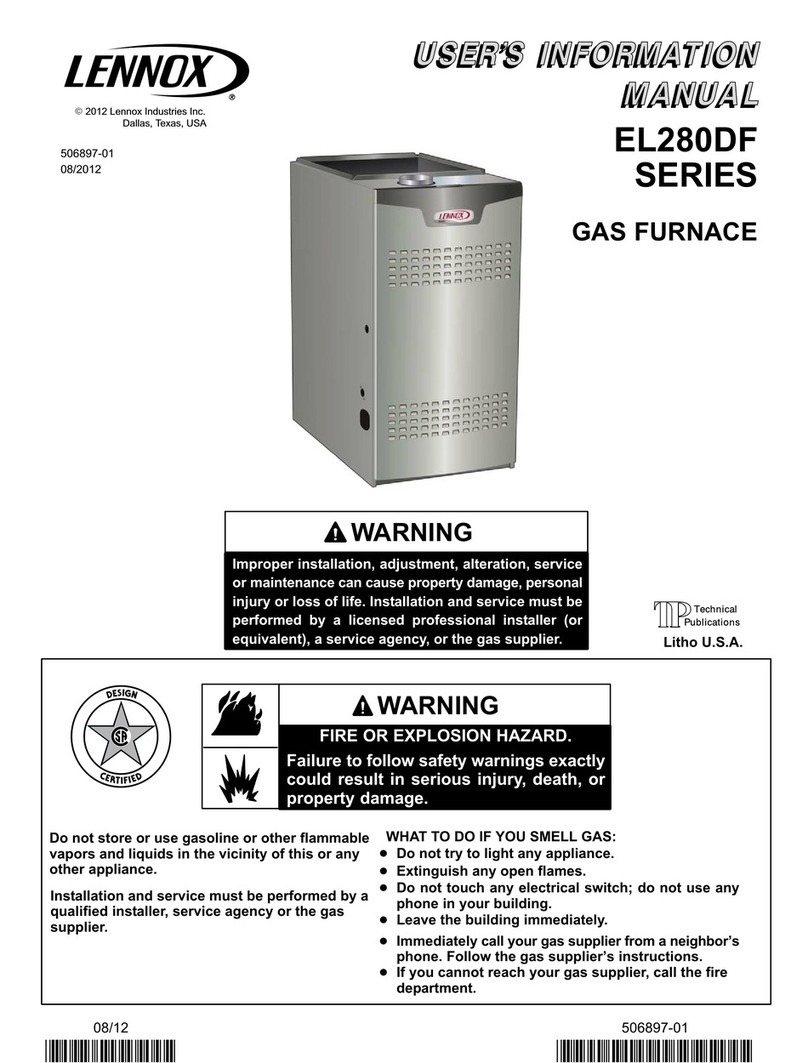
Lennox
Lennox EL280DF SERIES Guide

Lennox
Lennox Elite series User manual
Popular Furnace manuals by other brands
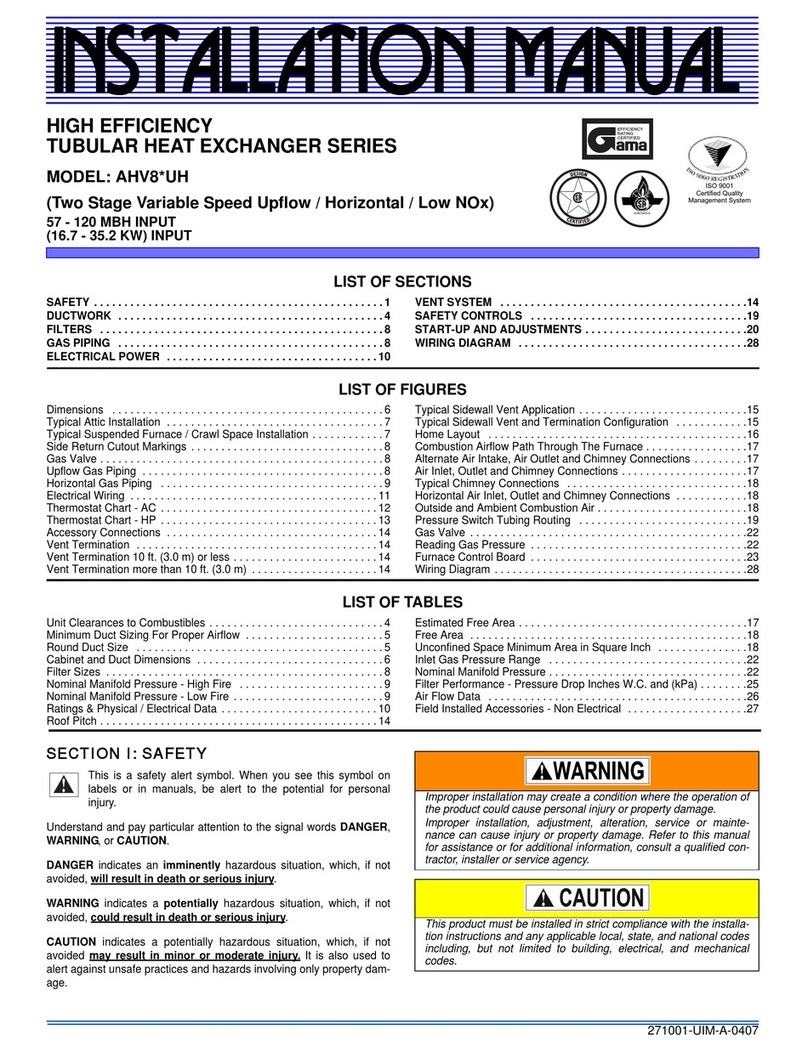
Unitary products group
Unitary products group AHV8 UH installation manual

VERDER
VERDER CARBOLITE GERO RHF 14/8 Installation, operation and maintenance instructions
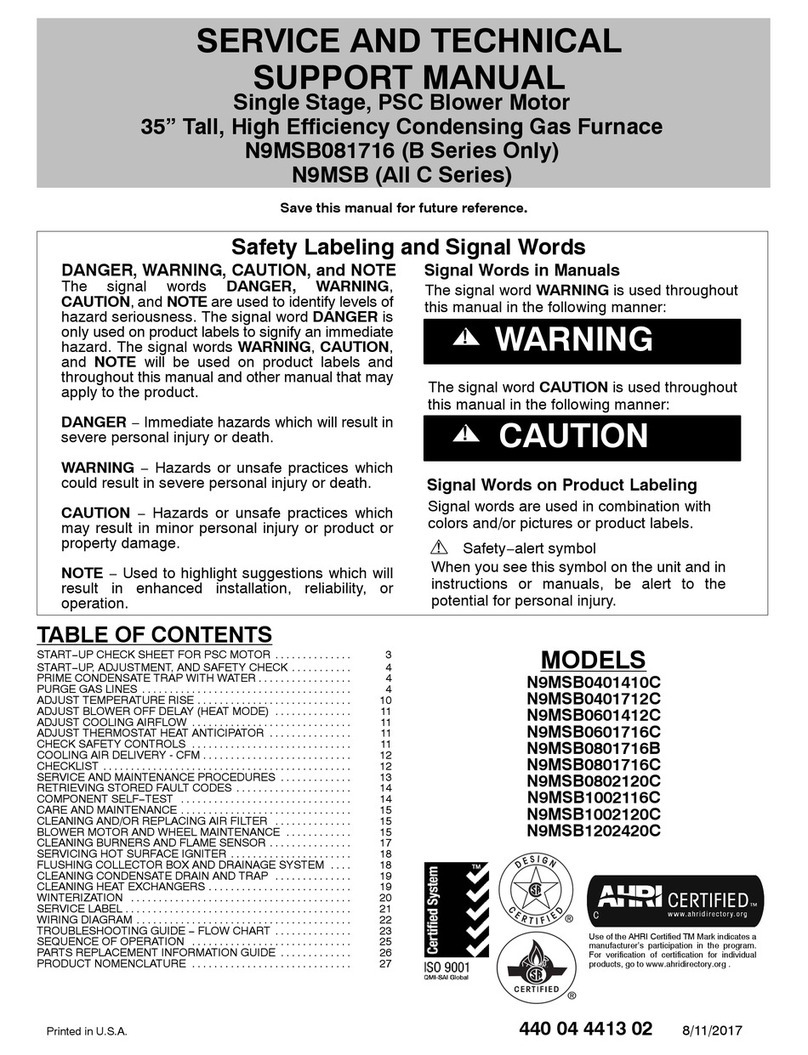
Tempstar
Tempstar B Series Service and technical support manual
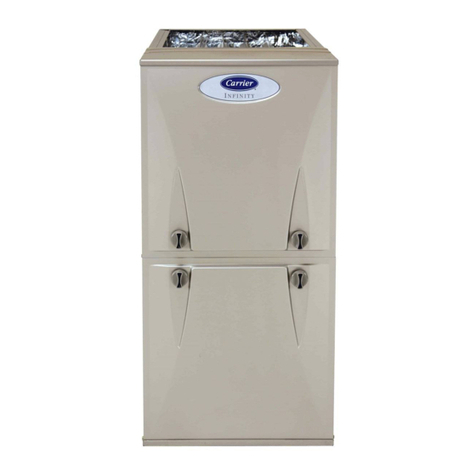
Carrier
Carrier Performance 59SP5A Installation, start-up, operating and service and maintenance instructions

Armstrong
Armstrong EG7H SERIES Installation and maintenance instructions
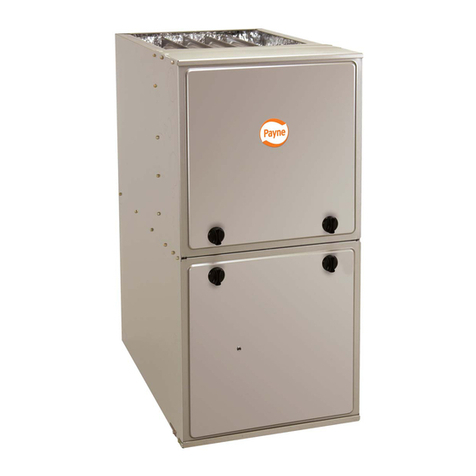
Payne
Payne PG92ESA Installation, start-up, operating and service and maintenance instructions
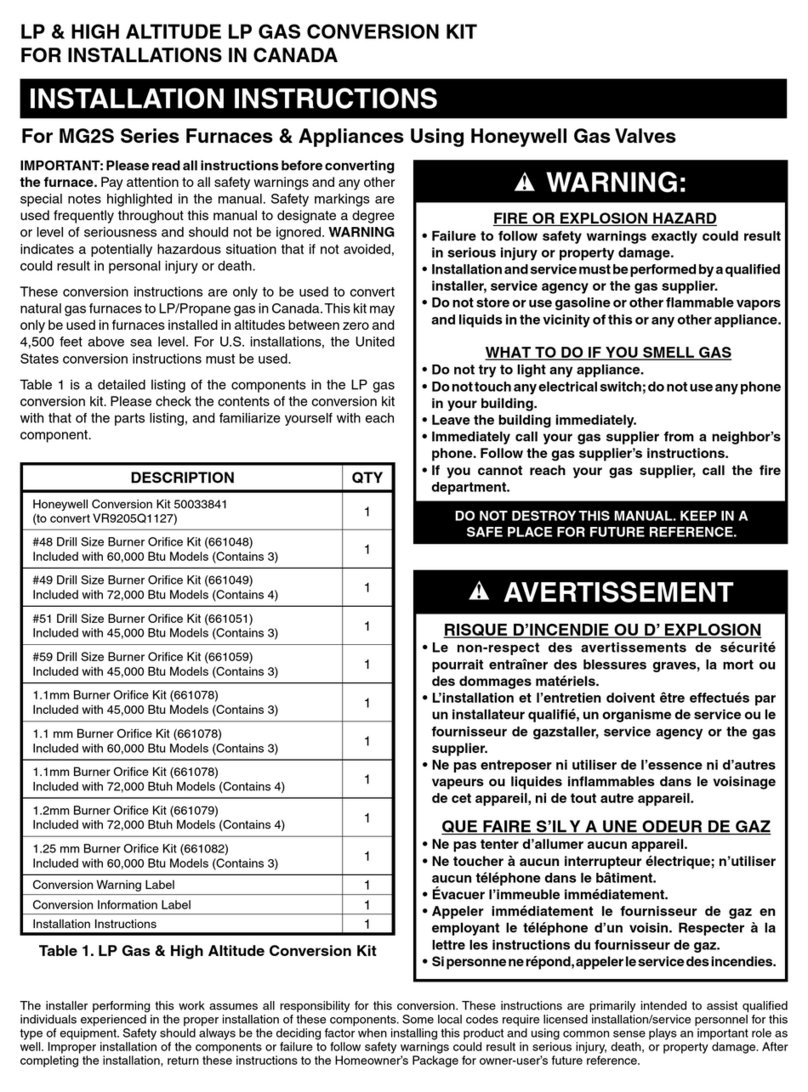
Nortek
Nortek MG2S Series installation instructions
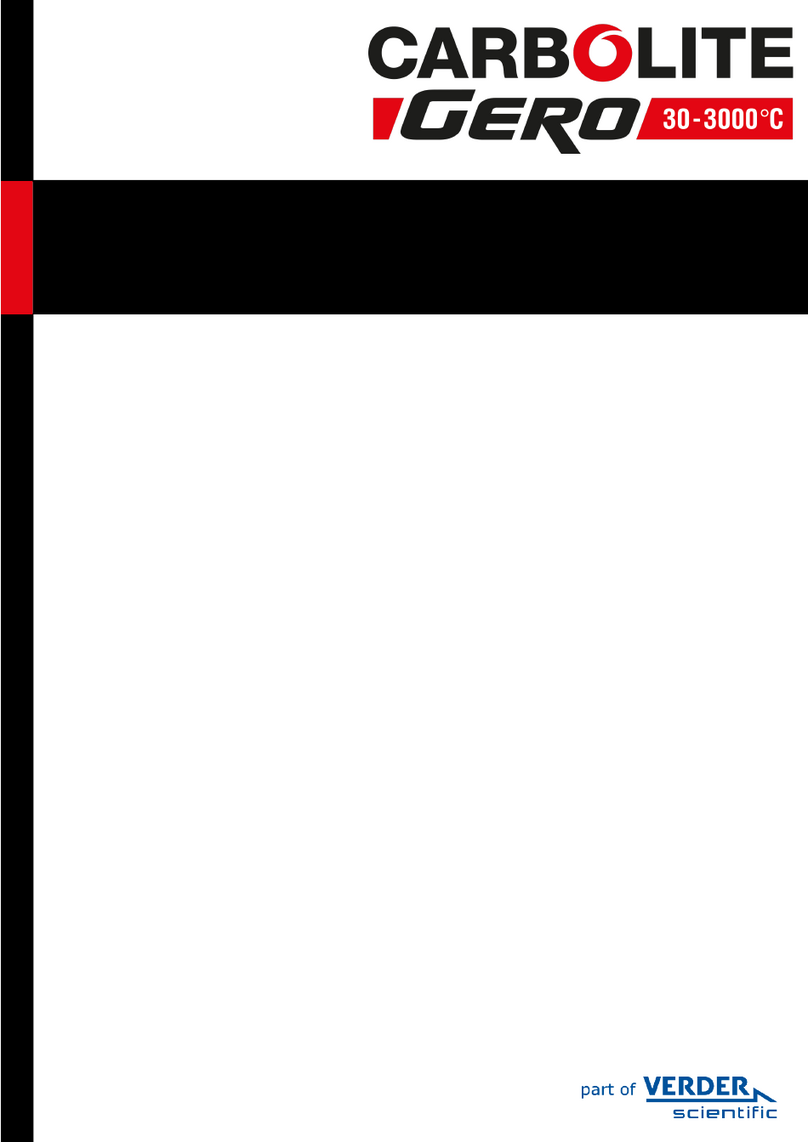
VERDER
VERDER CARBOLITE GERO ABF 8/28 Installation, operation and maintenance instructions

Goodman
Goodman GMV9 Installation & operating instructions
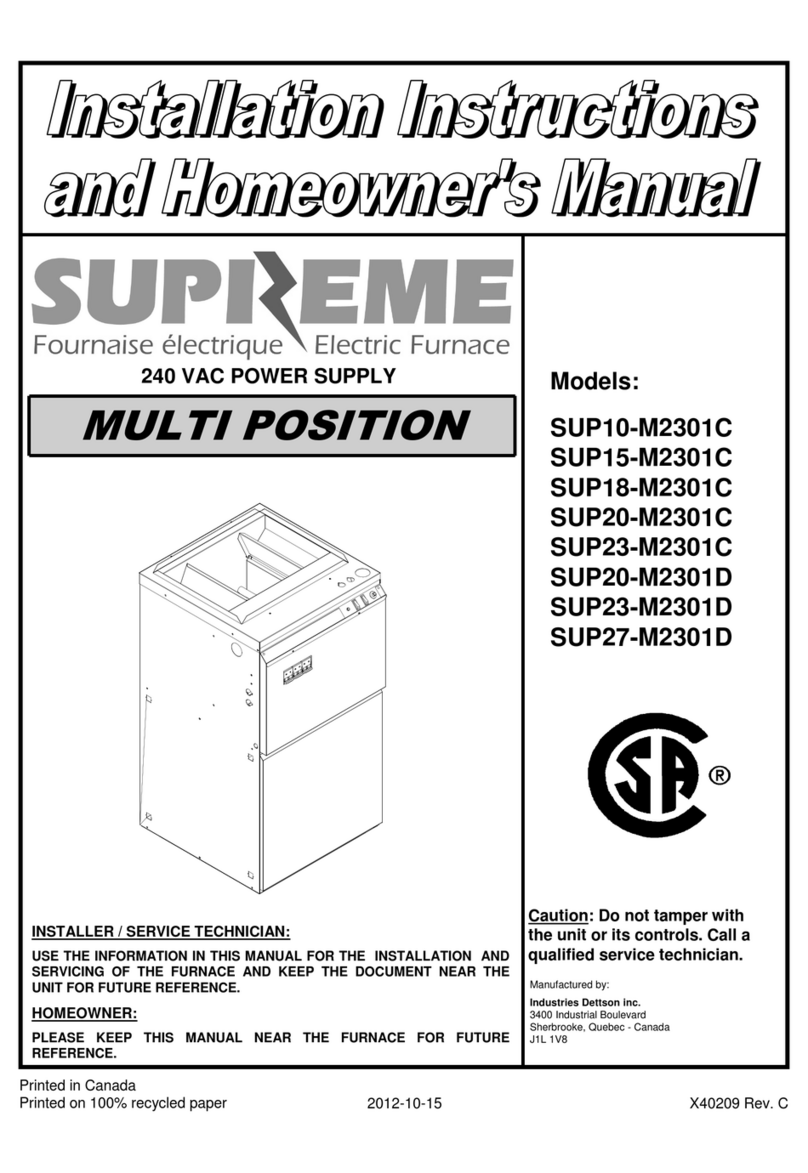
SUPREME
SUPREME SUP10-M2301C Installation instructions and homeowner's manual

Dettson
Dettson AMT400B34-SM1PMA Installation instructions and homeowner's manual

Evcon
Evcon DGD 60 MBH installation instructions
